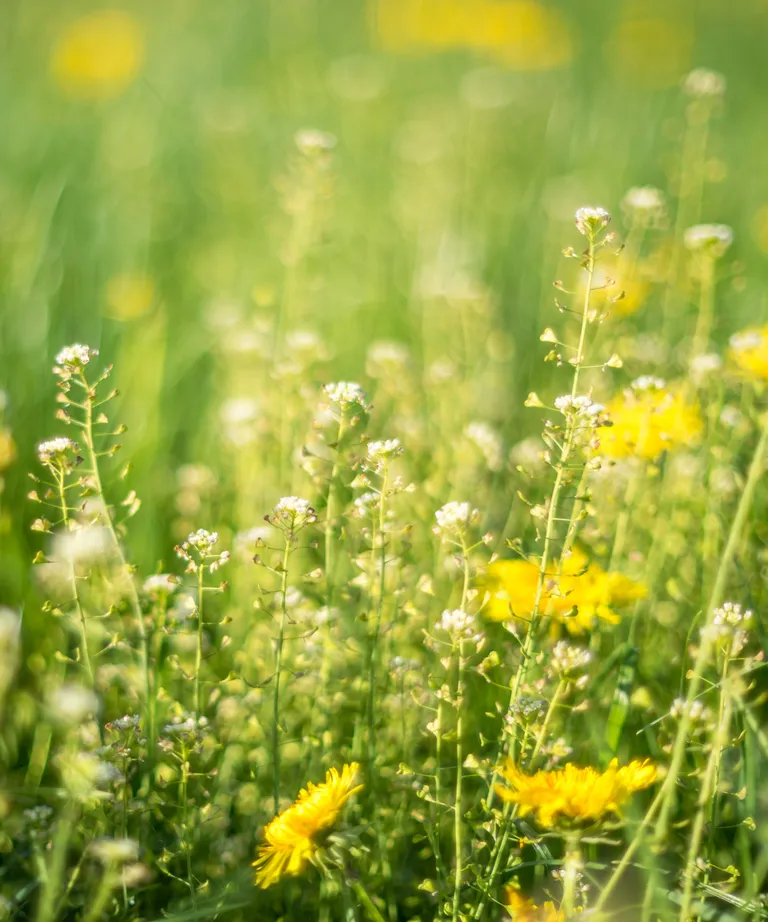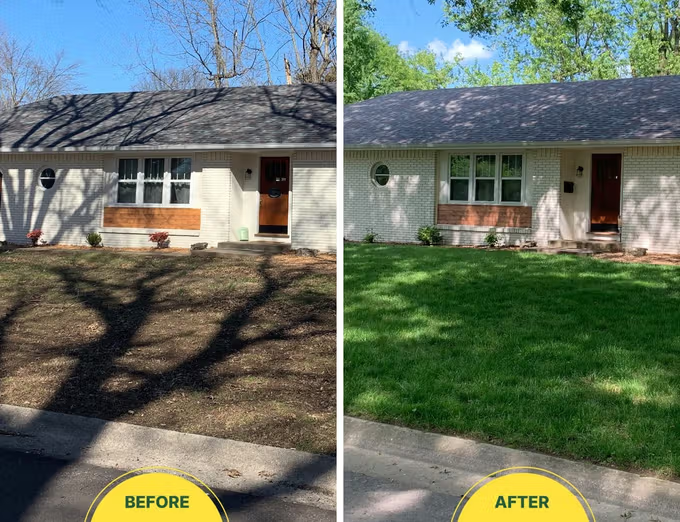How to Prepare Your Lawn for Spring and Winter
Last Updated on January 14, 2025 by Duncan
Finishing up your lawn ensures a yard looks beautiful in the upcoming seasons. Besides keeping your lawn in pristine condition, other aspects of a garden need maintenance come summer’s end.
You must take care of the trees, bushes, flowers, and a vegetable plot. Before winter arrives, you should give your lawn some TLC.
It’s easy to believe that the lawn will take care of itself if you have been mowing your lawing in summer. Unfortunately, this is not the case.
To make sure your grass is lush and green come spring and even winter, there are a few things you need to do. These things include:
Remove fallen leaves
You should pick up and dispose of fallen leaves that have accumulated on your lawn. Dead leaves have several uses in the yard. They serve as free fertilizer and a barrier against weed growth.
When they are dry and simple to gather, remove them. A small amount of leaves on the grass is okay because they will decompose, but a large accumulation of sticky, slick leaves will harm the lawn.
The leaves form a smooth barrier that keeps air and water from reaching the lawn underneath them when damp and rest flat against one another.
These leaves also increase the chances of fungus developing on your lawn.
If you have a lot of leaves on your lawn, create leaf mold piles till them into annual flower and vegetable gardens to add organic matter directly to the soil.
You can add them to your compost pile to help balance nitrogen and carbon.
If only a few leaves are on the lawn, run your mower over the dry leaves to chop them up. You should consider running your mower here if two to four inches of leaves remain on the lawn.
Patch up the bare areas.
If you neglected to seed bare areas or lay turf, it’s time to do it. You should lay sod and sow grass seed to patch bare areas and renovate larger swatches of lawn if the weather stays warm.
If you plant your lawn in the fall, you should give your lawn at least one inch of water every week. Reduce irrigation once the lawn grass seed germinates and begins to grow strongly.
You should sow seed in areas where the frost date is early- or mid-October.
Fertilize the lawn
Although it may seem like the incorrect season, fall is the best time to fertilize some garden areas. If you haven’t already, finish fertilizing your lawn in September.
Fertilizing your lawn in the fall promotes healthy grassroots without encouraging excessive top growth. Consequently, your lawn will be robust throughout the winter, and you won’t need to mow it as frequently.
Slow-release fertilizer works best for lawns. For the best outcome, use a 3-1-2 ratio organic granular fertilizer. This is the nitrogen to potassium to phosphorus ratio.
Some states have outlawed phosphorous fertilizer use on lawns near water bodies due to the fertilizer’s propensity to seep into waterways and create contamination. So look out for this and ensure you aren’t on the wrong side of the law.
Seek out lawn fertilizers without phosphorus and adhere to the bag’s application instructions.
When applying the fertilizer, consider the type of grass you have in your lawn. Cool-weather grasses, like ryegrass, fescues, and Kentucky bluegrass, are found in most New York and New Jersey lawns.
On the other hand, warm-season grasses are limited to the southern coastal regions of New Jersey because they are not tolerant of freezing temperatures.
The ideal time to fertilize cool-season grasses is in the fall after summer stress has subsided. The last opportunity to fertilize the lawn a second and final time is in late October.
While this is the case, you can apply the second fertilizer in early November in eastern New York and southern New Jersey.
Apply one pound of nitrogen per 1,000 square feet in the fall for the best outcome.
Different people have different tastes. Some love applying organic fertilizers, while others like using chemicals. If you don’t like to use chemicals, you can use plenty of organic alternatives.
Mow the lawn
You should mow your lawn one last time for the season around the end of October or when the grass stops actively growing.
To get rid of more grass growth, mow slightly lower than usual. This will lessen the likelihood of thatch accumulation and fungal illness in the spring.
When mowing the lawn, change how you mow your grass from what you did in the summer. This encourages even growth and keeps ruts and compaction from forming in the same places.


